Politics
Big parties may win fewer proportional seats this election
The number of parties crossing the three percent vote threshold is expected to rise in November 20 elections.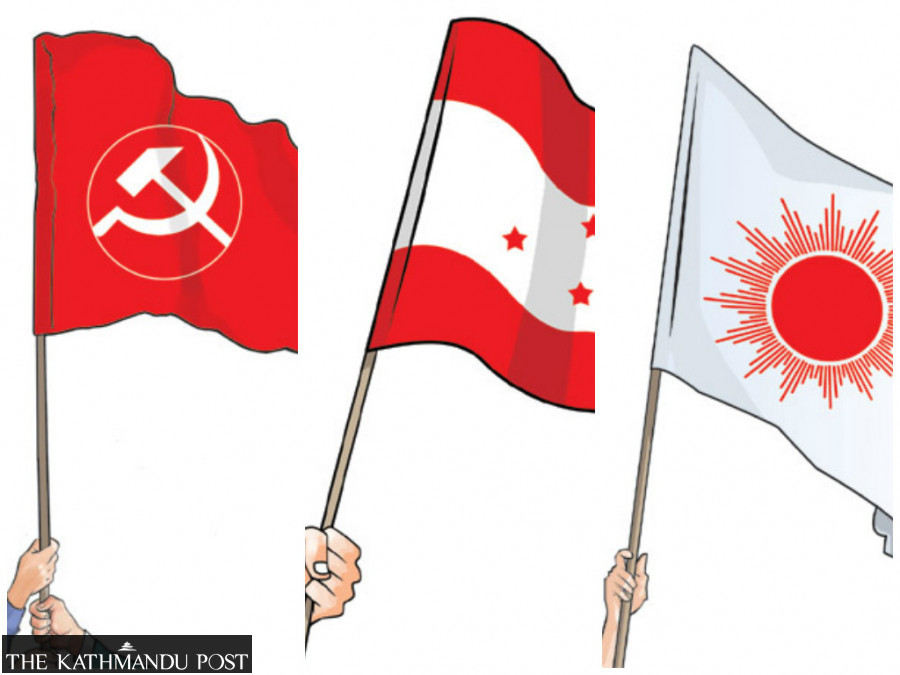
Binod Ghimire
Among the 49 parties registered with the Election Commission for the proportional representation (PR) election in 2017, only five qualified for PR seats.
A party has to win at least one first-past-the-post (FPTP) seat and three percent of the total valid PR votes cast nationwide to earn the national party status, as per the Political Parties Act, 2017.
However, any party securing a minimum three percent PR votes becomes eligible for PR seats even if it does not win any FPTP seat. The Election Commission uses the Sainte-Lague formula to decide the seats under the PR system. As per the formula, each party’s votes are divided by a sequence of odd numbers (1, 3, 5, 7, 9, 11 and so on) until enough quotients are found to allocate all 110 seats of the House.
Against 15,427,938 voters registered for the 2017 elections, only 10,579,739 exercised their franchise. As over 12 percent of votes were invalid, the number of valid votes under the PR category stood at 9,544,741. The five parties that crossed the three percent threshold and qualified for PR seats were the CPN-UML, the Nepali Congress, the CPN (Maoist Centre), the Rastriya Janata Party (current Loktantrik Samajbadi Party) and the Sanghiya Samajbadi Forum-Nepal (current Janata Samajbadi Party).
The five national parties gathered around 90 percent of the total votes cast. The parties other than those that qualified for PR seats received 990,682 votes, which is 10.37 percent. The votes for the fringe parties would have earned them at least 11 seats, but these seats went to the bigger parties.
The small number of parties qualifying for the proportional seat share directly benefited the major parties.
However, if the popular votes the parties garnered in the May 13 local elections and the growing popularity of independent candidates, who are now organised as new parties, is anything to go by, the number of parties crossing the three percent threshold could increase in the November 20 elections.
“An increase in the number of national parties will naturally decrease the number of PR seats of the larger parties as they share the same pie,” Bhojraj Pokharel, a former chief election commissioner, told the Post.
Apart from the Congress, the UML, the Maoist Centre, the Rastriya Janata Party, the Rastriya Prajatantra Party, and the Unified Socialist too have crossed the three percent threshold in the local elections. The Unified Socialist, which was formed last year as a splinter of the UML, received 3.66 percent and the Rastriya Prajatantra Party 3.16 percent popular votes.
In Pokharel’s view, there could be six to seven parties—possibly including the Rabi Lamichhane-led Rastriya Swatantra Party—getting three percent votes, thereby making them eligible for PR seats. If the number of parties crossing the three percent threshold goes up to seven, then the big parties will get fewer seats even if they maintain their vote shares as in 2017.
In the 275-strong House of Representatives, 110 members are elected under the PR category. In 2017, the 110 seats were divided only among the five parties.
With 35 percent vote share, the UML got 41 seats while the Congress which got 34 percent votes, managed to get 40 seats under the PR category. Similarly, the Maoist Centre got 17 seats, and the Rastriya Janata Party and the Sanghiya Samajbadi Forum-Nepal got six seats each. If seven parties qualify as the national parties the 110 seats will be shared among them based on the percentage of the votes they secure.
The parties like Bibeksheeel Sajha which garnered 212,364 votes (2.22 percent) and the Rastriya Prajatantra Party with 196,782 votes (2.06 percent) couldn’t earn any PR seat for failing to reach the threshold.
Any party that meets the three percent threshold gets at least three PR seats.
Experts say that an increase in the number of national parties, however, will decrease the inclusivity in representation in the federal parliament and provincial assemblies. For instance, if one party gets three seats, there is a high chance that only men and women from the Khas-Arya category and Madheshis would be elected. It will reduce the representation of the Dalit or other marginalised communities.
“The more the parties under the PR category, the higher the chance of Parliament becoming less inclusive. We saw this in the two Constituent Assembly elections as well,” said Pokharel.




 7.15°C Kathmandu
7.15°C Kathmandu


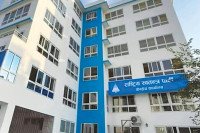

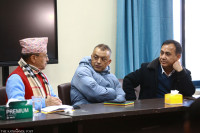
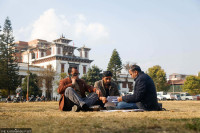

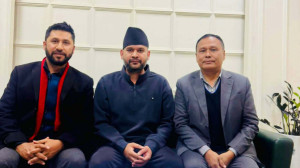





%20(1).jpg&w=300&height=200)

